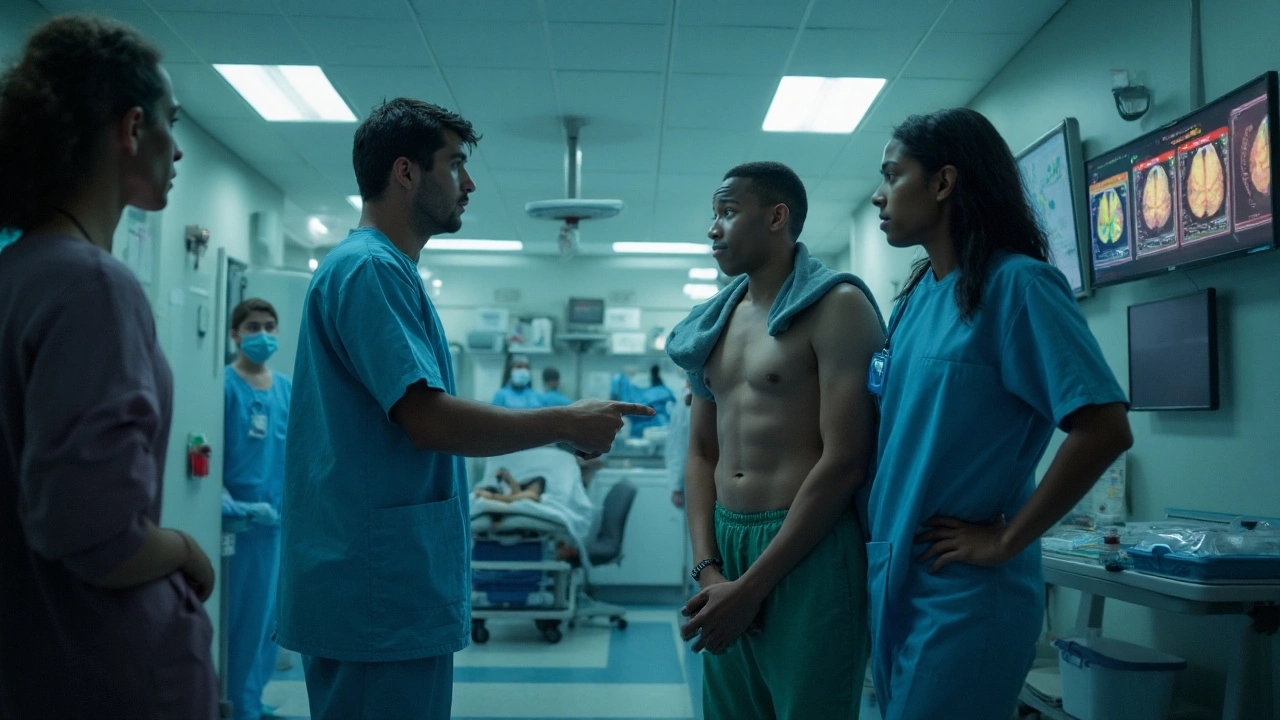Naegleria fowleri: Facts, Risks, and How to Stay Safe
Ever heard of a brain‑eating amoeba? That’s Naegleria fowleri for you. It lives in warm fresh water and, while infection is rare, it can be deadly. Most people think it’s only a sci‑fi monster, but the truth is that a simple swim in a hot lake can put you at risk if the water’s contaminated.
How Infection Happens
Naegleria fowleri doesn’t bite or enter through cuts. It sneaks in through the nose when you’re swimming, diving, or even splashing water while rinsing a net. Once it’s in the nasal passages, it rides up to the brain and causes primary amoebic meningitis (PAM). Symptoms usually appear within a week and start with a bad headache, fever, and stiff neck. If you notice these signs after water exposure, get medical help right away—early treatment can improve odds, even though they’re still low.
Temperature matters a lot. The amoeba loves water above 25 °C (77 °F). Warm lakes, hot springs, and poorly maintained pools are common spots. It’s not a threat in chlorinated pools that are properly treated because chlorine kills it. Still, you can’t always trust the water quality in natural settings, especially after a heat wave.
Preventing Naegleria fowleri
The easiest defense is to keep water out of your nose. Use nose clips or keep your head above water when you’re in warm lakes or rivers. If you’re a diver, try a full‑face mask that seals the nose. For kids, make sure they don’t submerge their heads—teach them to keep their faces above water.
If you’re managing a hot tub or a community pool, maintain proper chlorine levels and regularly check the temperature. Let the water run for a few minutes before you get in if the source is natural; this can flush out any lurking amoeba.
When traveling to places known for Naegleria cases, research local water safety guidelines. Some areas post warnings during summer months. Also, avoid stirring up sediment in shallow water, because the amoeba can hide at the bottom.
If you think you’ve been exposed, don’t wait for symptoms. Contact a doctor promptly and mention any recent water activities. Doctors can prescribe a cocktail of drugs—amphotericin B, miltefosine, and others—though treatment is intensive and not always successful.
Bottom line: enjoy the water, but stay smart. A few simple habits—using nose plugs, checking water temperature, and keeping pools clean—can keep Naegleria fowleri from turning a fun day into a nightmare.
Amoeba Infections 2025: Clinical Guide for Healthcare Professionals (Diagnosis, Treatment, Prevention)
Clinician-focused guide to diagnosing and treating amoeba infections in 2025-E. histolytica, Naegleria, Acanthamoeba. Fast recognition, testing, dosing, and prevention.
About
Health and Medicine
Latest Posts


The Healing Power of Pu-Erh Tea: A Dietary Supplement for a Healthy Mind and Body
By Orion Kingsworth Jul 21, 2023

Viagra Sublingual vs Alternatives: Which ED Pill Works Best?
By Orion Kingsworth Sep 25, 2025

Lymphoma in the Aging Population: Key Challenges & Practical Considerations
By Orion Kingsworth Sep 22, 2025

